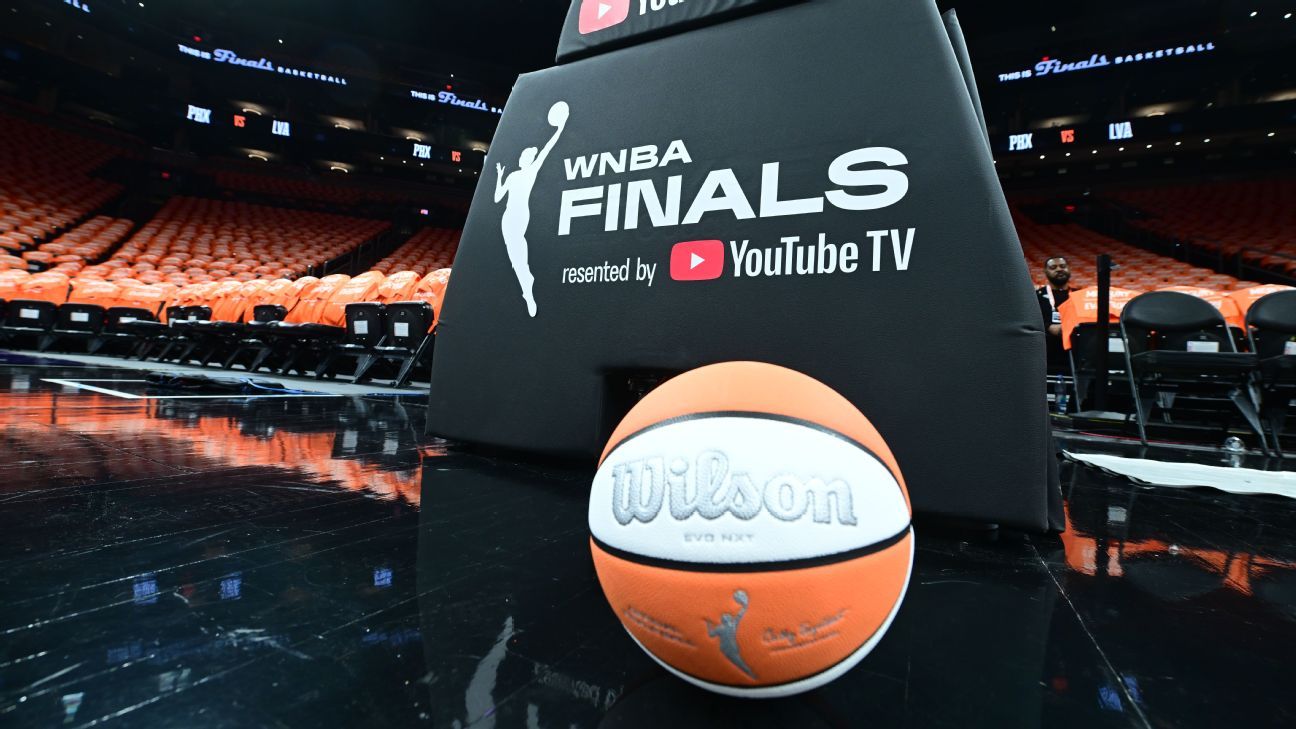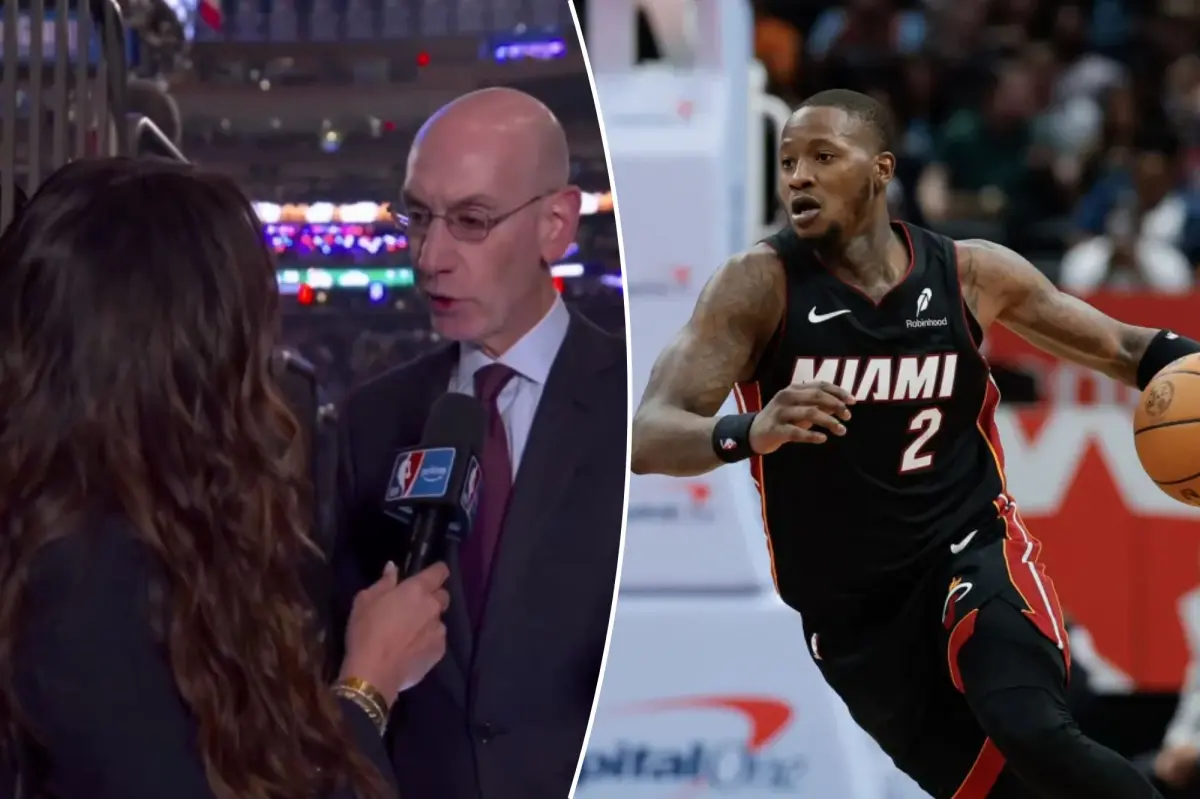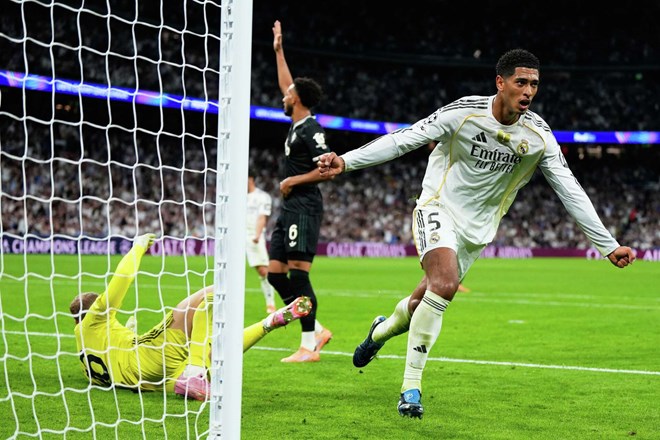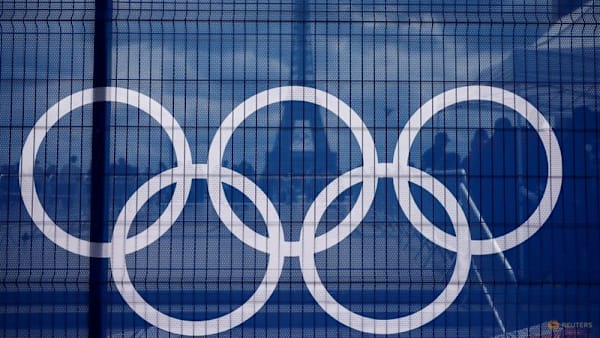Copyright ESPN

Some 24 hours ahead of the expiration of the WNBA's collective bargaining agreement, the league and the WNBPA agreed to a 30-day extension of the current CBA as the sides work toward a new deal. More than a year ago, the WNBPA opted out of the CBA, giving the union and the league about a year to create a new "transformative" deal that could build off the enormous growth the WNBA has experienced over the past few years. Tensions between both sides escalated in recent months, and there was never an indication a deal would get done before Friday's deadline. As recently as Tuesday, WNBPA counsel Erin D. Drake said on The Athletic's "No Offseason" podcast that a deal by Friday is "not going to happen" and claimed the league has operated with a lack of urgency. The league retorted that the union should "spend less time disseminating public misinformation and more time joining us in constructive engagement across the table." The league had proposed a 30-day extension to the players, which a source told ESPN on Tuesday they might be willing to consider "under the right circumstances" but they feel "those circumstances do not yet exist." The players changed course by the end of the week, and ESPN confirmed Thursday night that an agreement had been reached to extend the current CBA through Nov. 30. How did we get here and what happens next? With plenty to figure out before the season tips off in May, ESPN explores what to expect under the new timeline. What happens now that a short extension has been reached? The agreement signals that both parties want to continue negotiations in hopes of reaching a deal soon. During the past CBA talks in 2019, the WNBPA and WNBA agreed to a 60-day extension before a new deal was ultimately ratified in January 2020. But that time there wasn't a major time crunch as there is now, needing to fit in a two-team expansion draft and massive free agency period where nearly all the league's veterans are seeking new deals before the 2026 season would likely begin in May. Though both sides met multiple times this week for bargaining ahead of Friday's deadline, it is not yet clear how often they will meet during the next 30 days. Typically those meetings include WNBA and NBA staff, plus their outside counsel, as well as WNBPA staff and its outside counsel, and potentially union advisers and player leadership. But ... what happens if there's no deal at the end of the 30 days? Another extension is always possible, although the WNBA has a lot to fit into this offseason. And even if the deal expires, a work stoppage would not automatically follow. There doesn't technically need to be an extension for both sides to continue bargaining -- instead they'd enter a phase called "status quo" in which the working conditions of the current CBA would remain in place. The problem: If there isn't an extension, it would open the door for a potential work stoppage, either a strike initiated by the players or a lockout initiated by the owners. So far, that isn't an overwhelming concern. Even before the extension was announced, sources leaguewide said they did not believe a work stoppage was imminent. What is the biggest issue keeping the sides apart? In public comments, players have implied that the two sides are effectively speaking different languages at the bargaining table, with the major sticking point being what a salary system and revenue sharing should look like. NBA commissioner Adam Silver said on the "Today" show last week that WNBA players can expect a "big increase" in their salaries. But the players are seeking a salary system that grows with the business (such as in the NBA, which uses basketball-related income to determine its salary cap) over a fixed rate model in the current CBA. The WNBPA said last week that the league has "put lipstick on a pig and retread a system that isn't tied to any part of the business and intentionally undervalues the players." The league, on its part, has insisted it has offered an "uncapped revenue sharing model that is directly tied to the league's performance." And it has continued to maintain that it wants to, as WNBA commissioner Cathy Engelbert put it during the WNBA Finals, "balance the significant increase in salaries and benefits with the long-term viability of the league" and that so far "the Players Association has yet to offer a viable economic proposal." Front Office Sports reported earlier this month that the league's proposal included a supermax salary around $850,000 and the veteran minimum around $300,000, but it is thought that those figures have changed since then. In 2025 under the current CBA, those numbers were $249,244 and $66,079, respectively. What other priorities are top of mind at the bargaining table? The players have articulated several other priorities dating back to when they opted out of the current CBA in October 2024. Establishing minimum professional standards in facilities and staffing is one, as is, relatedly, codifying the league's charter travel program that was introduced at the beginning of the 2024 season. Expanding retirement and pregnancy/family planning benefits have also been at the forefront of players' minds. After 40-plus players met with the league ahead of All-Star weekend in late July, Breanna Stewart, a vice president with the WNBPA, said that the only two bullet points both sides had agreed on at that time had to do with those topics. Prioritization, a set of rules that requires WNBA players competing in other leagues to show up in time for WNBA training camp or else be suspended for the entire season, became a controversial topic after it was introduced in the last CBA. But it's unlikely owners would want to loosen those rules, especially amid expected salary increases in the W. Players have also expressed a desire to weaken or abolish entirely the "core" system, akin to the NFL's franchise tag, which was already largely reduced in the last CBA. What about this condensed offseason schedule -- what needs to happen this WNBA offseason before the season can start? A lot, starting with an expansion draft for the expansion Portland Fire and Toronto Tempo, which can't happen until new roster rules are finalized as part of the CBA negotiations. Once that's concluded, free agency offers unprecedented uncertainty with nearly half of the league's players unrestricted. The situation is very different from the one previous CBA negotiations that dragged well into the spring, back in 2003. That CBA introduced free agency for the first time, and only for a limited number of players, meaning the league could go from preliminary agreement with players on a deal April 18 to training camp starting two weeks later on May 1 -- with both the WNBA draft and a dispersal draft in between. We did see the NBA go from a preliminary agreement to end its 2011 lockout on Nov. 26 to training camps beginning Dec. 9, less than two weeks later, but the league was able to hold free agency at the same time. That's not realistic given the scope of WNBA free agency, and the CBA stands the chance to overhaul the salary cap more dramatically than we've seen from one NBA deal to the next. As a result, about three weeks is the fastest the WNBA could realistically hope to go from agreement on a deal to holding practices. Ideally, of course, the league wants progress toward an agreement by early January in order to avoid delaying the typical offseason schedule too substantially. That's especially important for the Fire and Tempo, who could stand to promote their inaugural season by having actual players on their roster.



